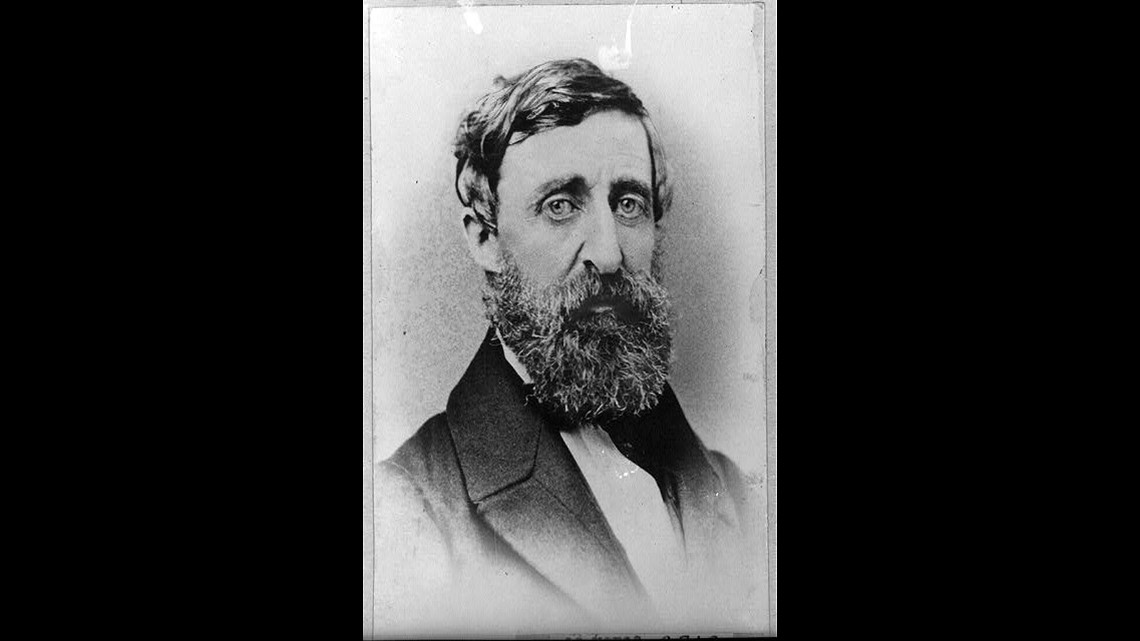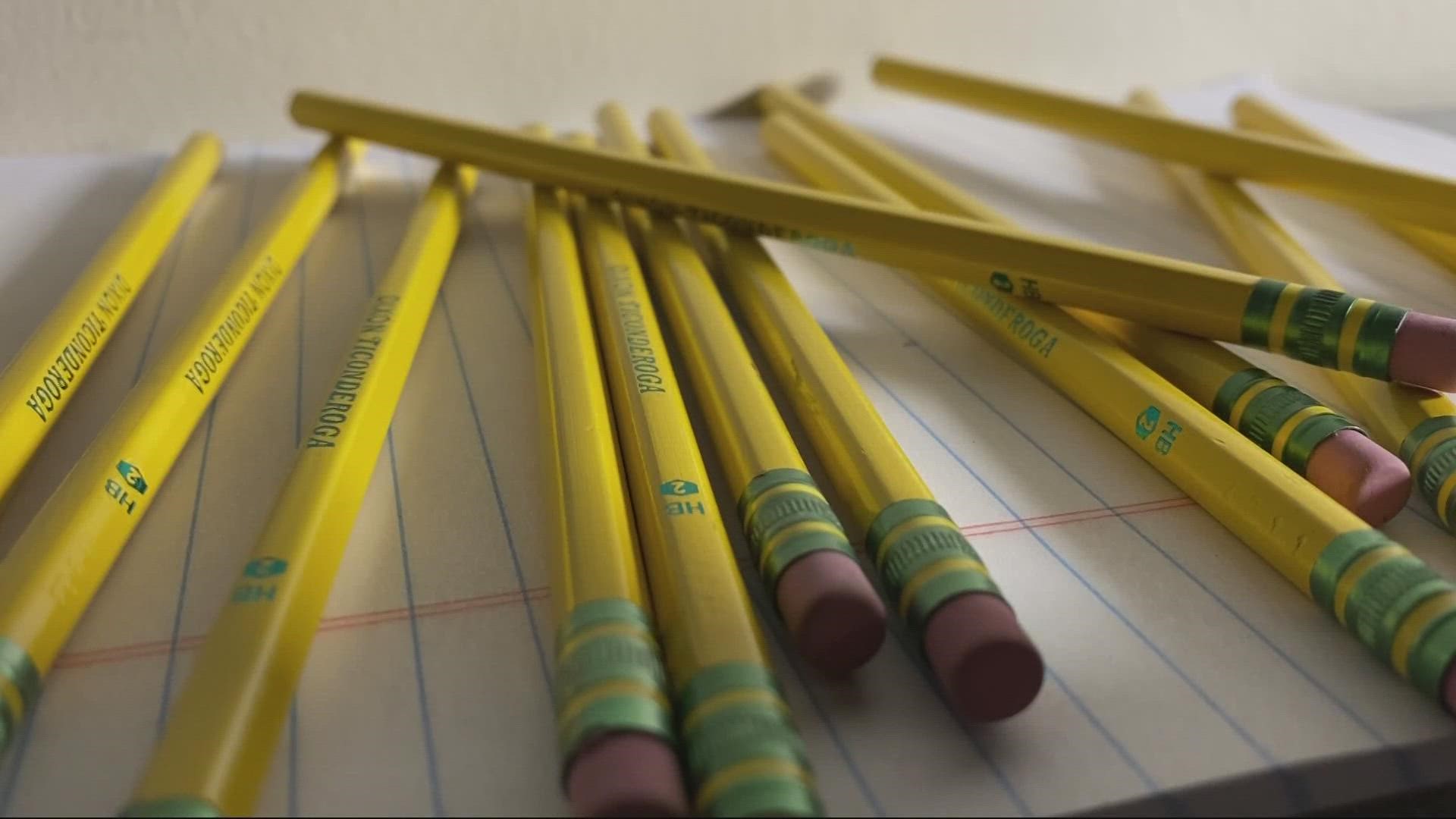PORTLAND, Ore. — School starts in less than a month at area schools and one of the most requested items on the school supply list are those No. 2 pencils.
As the preferred writing utensil to help fill in those bubbles on a standardized test that everyone loves to take, the No. 2 pencil is the gold - or yellow - standard for schools.
The history of the pencil dates back to the mid 1500s when a large deposit of graphite was found in England. It was first used to mark sheep.
The carbon, known for leaving a dark mark, was cut into sticks to be used as a writing utensil. It left a mark everywhere when used.
"When you did that of course your hands got really dirty and slippery." said Henry Petroski, a retired distinguished professor of civil engineering at Duke University.
Petroski wrote the book, "The Pencil: A History of Design and Circumstance"
To fix the mess that graphite left behind on the hand, it was wrapped in string and later pressed between two cut pieces of wood, eventually evolving into the kind of pencils we use today.
When England discovered that graphite could also be used in making cannonballs, it took control of mining operations. During the Industrial Revolution of the 18th century, the relationship between France and England began to sour, and England cut off the supply to France.
In 1795, a French artist named Nicolas-Jaques Conté started mixing powdered graphite with clay to make pencils. Depending on the amount of graphite and clay used, it produced a different darkness and hardness of the pencil.
It's estimated more than 15 billion pencils are produced each year, and the No. 2s are usually only one that teachers prefer students bring to the first day of class, making them the Goldilocks of pencils.
"No. 2 was the one that was a happy medium between being too hard and being too soft." said Petroski.
That number two rating is based on a scale for hardness: 1, 2, 3, or 4.
That scale was created by American poet and philosopher Henry David Thoreau when he was working at his family's pencil factory.


American graphite was inferior to English graphite, and to separate the pure from the impure graphite, Thoreau created a machine that would separate the two. Thoreau also started using a mixture of clay and graphite to create pencils and began making pencils with different levels of clay and graphite mixed together.
The lower the number, the lighter the black and softer the graphite, the higher number the darker the black and harder the graphite.
"In America we pretty much buy pencils according to this number," said Petroski. "It doesn't have to be pressed too hard to make a readable line and it's not so fine a line usually."
That makes the No. 2 pencil the number one choice for teachers.
There are two scales for grading pencils, the American one devised by Thoreau and an European scale that measures pencils using letters and numbers:
4H – 3H – 2H – H – F – HB – B – 2B – 3B – 4B – 5B – 6B
A "HB" or "Hard Black" rating on the European scale is roughly equivalent to a No. 2 pencil.

